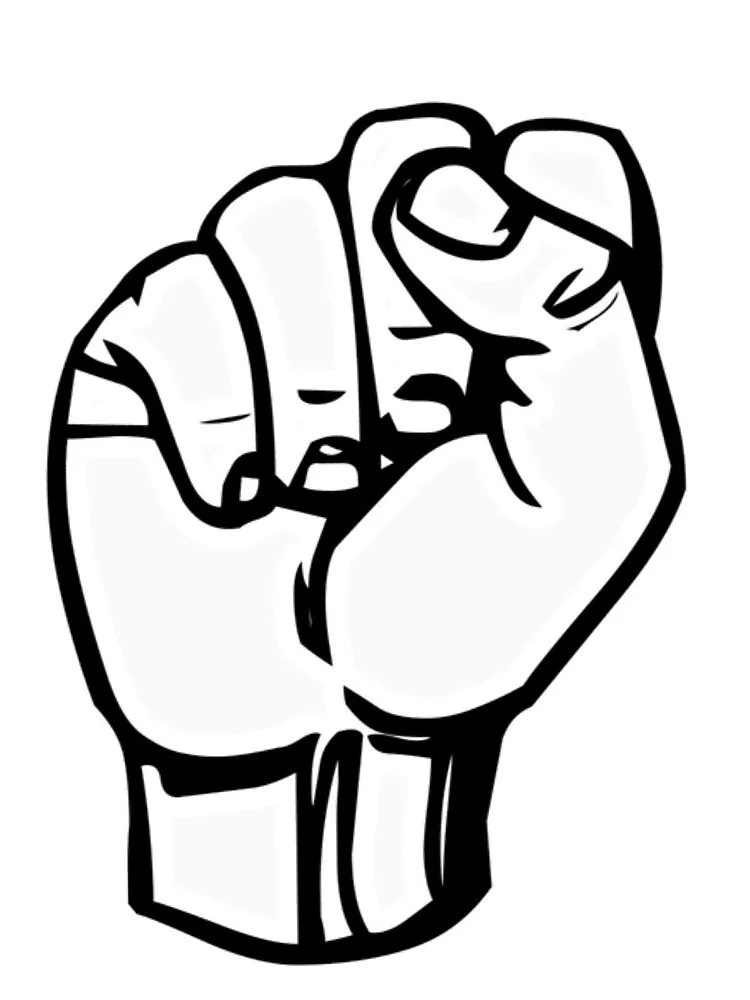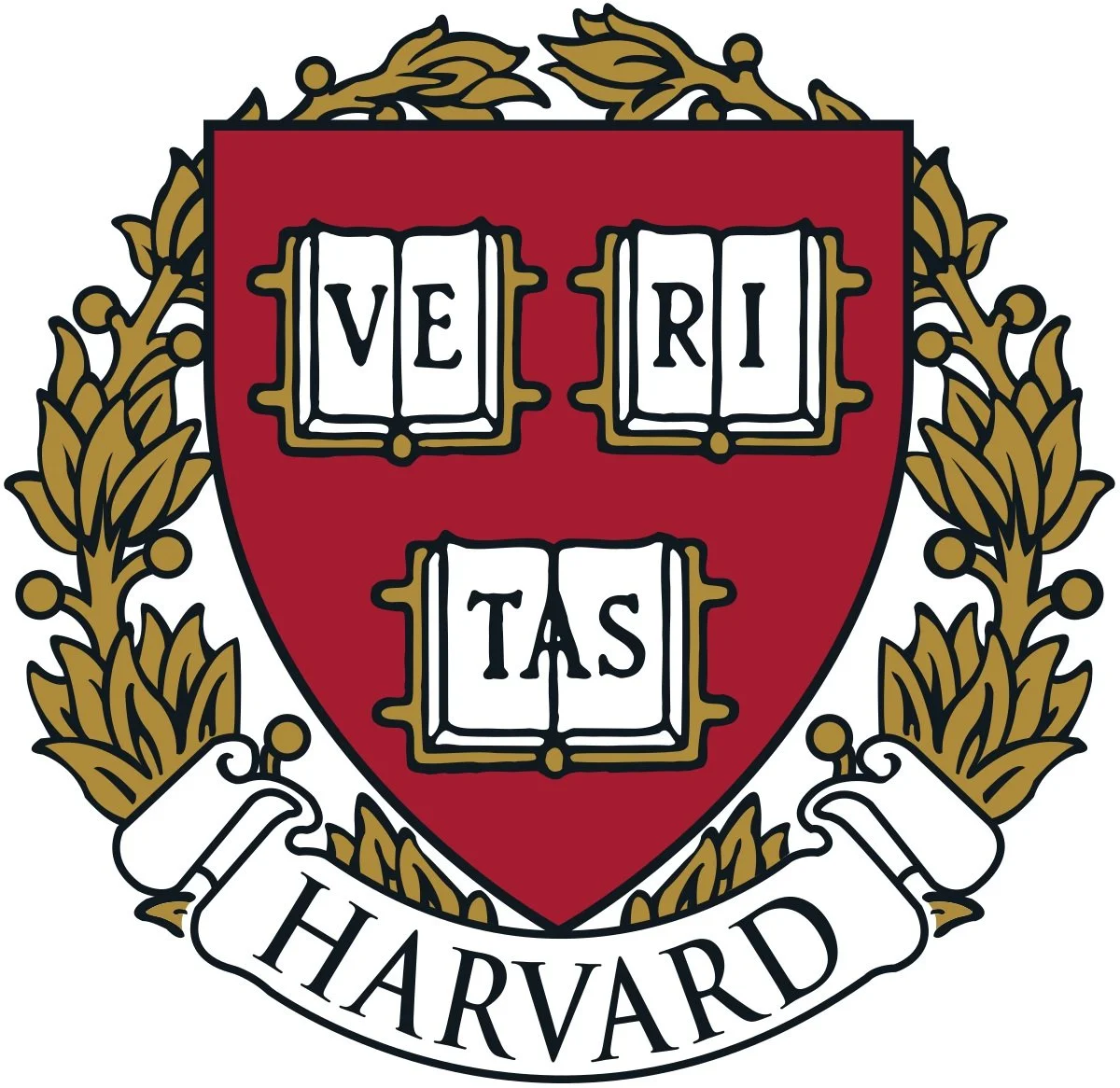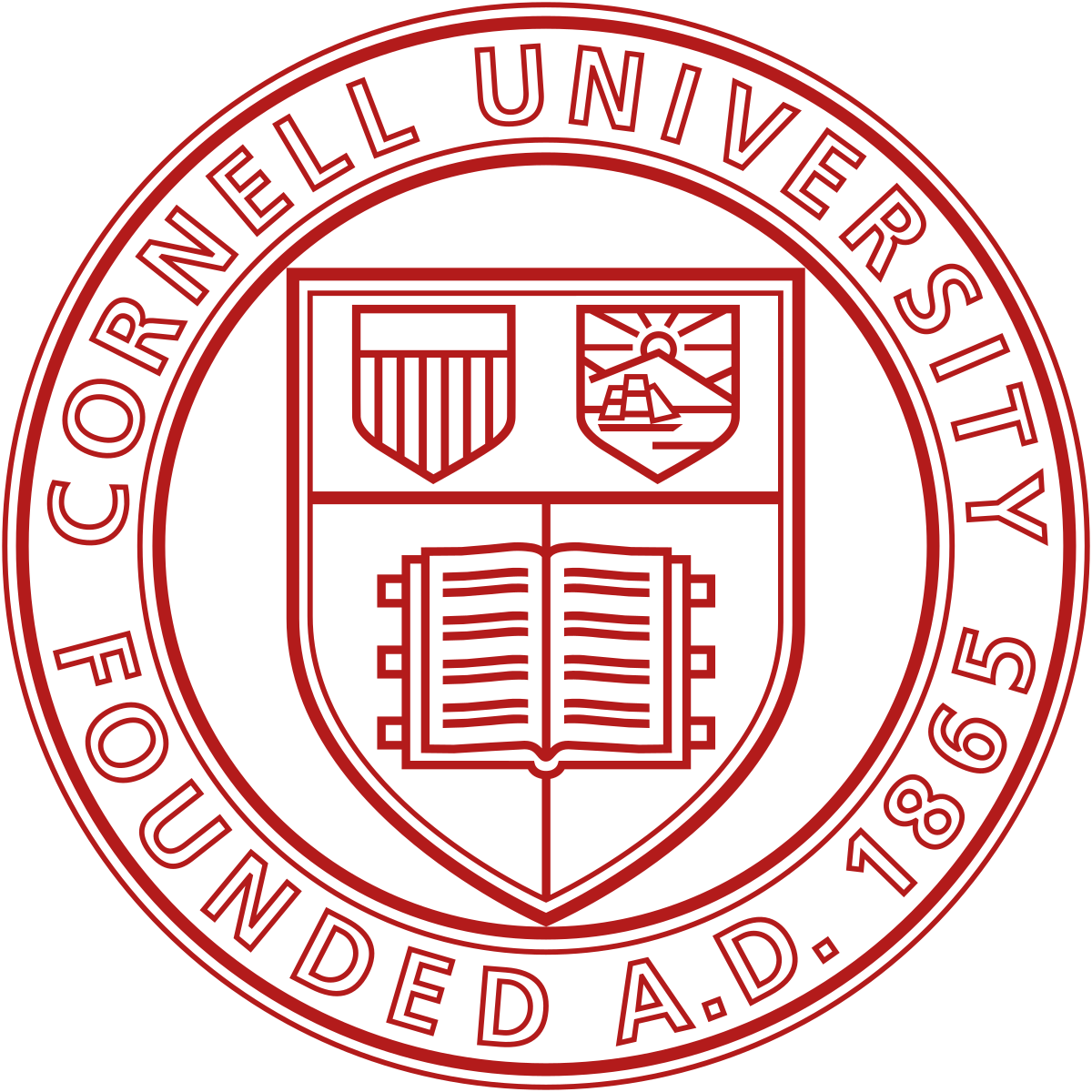“[…] if you have trouble learning the sound system of your primary language, you will have enormous difficulties learning the sound system of a second language.” - Dr. Shaywitz and The Yale Center for Dyslexia & Creativity
For a dyslexic student, taking on a new language can be very difficult. People with dyslexia struggle with phonemic awareness, which is the ability to differentiate words with their individual sounds. Therefore, it is much harder for someone with dyslexia to learn a new language.
However, language today has reached a much broader audience, such as people in the deaf community. ASL, or American Sign Language, is a visual language. ASL has the same linguistic properties as a spoken language. It is expressed with the movement of the hands and facial expressions rather than words. For dyslexic students, ASL is easier to pick up successfully compared to spoken languages.
One Student’s Experience…
CJ a ninth grader chose to switch to sign language after finding the same troubles learning Spanish as he did reading and writing in the English language. When he did, he found ASL much simpler. He had his own technique of printing pictures of the words and then using the ASL dictionary to find their meaning.
CJ worked hard to understand this new language and eventually he was signing similarly to that of any student learning a new language. This made CJ feel equal to his classmates, and he attributes his success to the more visual and hands-on approach and his dedication to study.
Although ASL is a certified language and it is beneficial to many groups of people, many high schools do not offer sign language as their own course. It is oftentimes a separate summer program, or not recognized as a foreign language at all. For some people, ASL is not a foreign language because it is not attached to a distinct culture or tradition of text. However, this is a fallacy as it is a major part of the deaf community.
In 1986, only 1% of high schools offered American Sign Language in America. Now, this number has risen significantly, but there are still many students who do not have access to the language. Especially in private schools where funding is not provided by the state, American Sign Language is uncommonly found.
Although American Sign Language is the fourth-largest monolingual language, colleges, even the Ivy League universities, do not offer complete ASL programs or courses. Despite this, ASL is the third most-studied language.
If ASL was more widely accepted and taught at learning institutions this number would be drastically different. Starting in 2017 with Princeton, ASL was offered on the beginning and intermediate levels. Yale, Cornell, and Harvard followed their lead soon after. Brown University and the University of Pennsylvania were the only two Ivys to have a full ASL program already put in place. Columbia and Dartmouth are still behind on this “newfound” trend.
The changes being made are important, however, UC Berkeley has been offering ASL courses since 2013. We hear about schools like Harvard and Yale adding ASL to their curriculum because they are some of the “most prestigious” schools in America. Through their influence, they can add weight and validity to studying American Sign Language.








